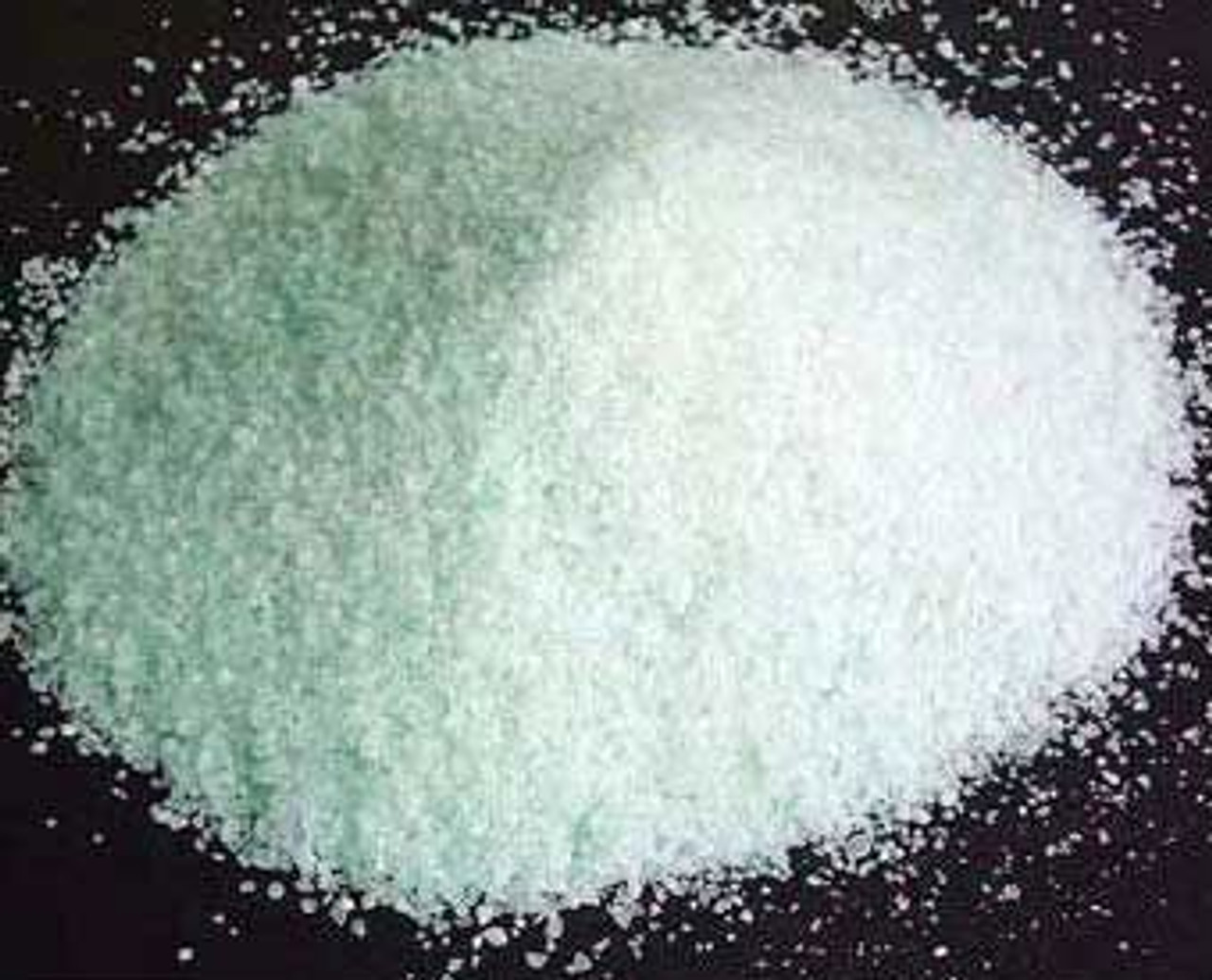Brief Overview of Chemical Properties
Barium Chloride is an inorganic salt that comes as a white crystalline powder. It’s used commonly in industry as a stabilizing agent for polymer creation and an additive in paints and dyes.
Preparation Methods of Barium Chloride
In industry, salt slurry waste is used to produce massive amounts of the substance from Barium Sulphide.
The slurry is over dried and treated with Calcium Chloride to create a purified Barium Chloride.
The alternative method takes Barium Carbonate and Hydrochloric acid, which can be done on a larger or smaller scale.
Important Physical Characteristics
Chemical structure and formula
All of this information and more is available in our previous article “Understanding Barium Chloride: A Comprehensive Guide”, but here’s a brief refresher:
Barium Chloride is highly toxic and alkaline, has a molecular weight of 208.23 g/mol, and a density of 3.86 g/cm3.
Structure:
Cl-Ba-Cl
It is hygroscopic and has no color or odor, but it produces a green flame when burned.
It has a melting point of 960°C and boiling point of 1560°C at standard pressure.
It is sometimes available as the dihydrate of its salt, which changes the molecular weight to 244.28g/mol.
Chemical Behavior and Reactivity
This salt contains one of the more reactive elements, and is useful in industry applications because it interacts with so many substances.
Common Reaction Partners:
- Oxygen
- Sulfate
- Water
- Carbon and Sulfur compounds
How to Prepare Common Barium Chloride Solutions
Using respective molecular weights for the formulation you have, you can prepare a solution of 1M stock as follows:
Measure out the appropriate mass of the salt, and add to half the desired volume of liquid to stir. Add heat if needed to help dissolve the powder.
EX 1: 244.28 g in 1L or 24g in 100mL of deionized water.
For a percent solution, find the number of grams per mL to determine what is needed.
EX 2: A 10% solution is 10g per 100mL, so you will need a volume equal to 10g.
Bring up to the final volume once dissolved. This salt is highly soluble above room temperature up to 38%.
Percent solutions are handled in the same fashion as molar solutions. There is no need to add anything to dissolve it below 38%.
Common Industrial Applications
Barium compounds are commonly used to decolorize paper mill effluent, and the chloride salt is used for sulfate ion removal from brine.
It is also used for the hardening of steel and for production of some pigments and dyes.
Practical Applications for Barium Chloride
In government and industry, tests for sulfate ion help prevent erosion and human health issues that arise from contaminated wastewater and wells.
Barium solutions can be used to detect Sulfate ion turbidity in samples, which occurs when a precipitate forms.
Preparation of Other Salts and Applications in Biology
Barium Sulfate can be prepared by adding sulfur-containing groups to aqueous solution. The general reactivity of this compound makes interconversion to other salts easy.
Barium solutions can also be used to precipitate blood proteins, to add contrast during radiography, and as bowel stimulants in large animals.
Handling and Safety
This salt is highly toxic and should be handled with care, but it is not explosive and doesn’t react violently with most substances.
However, it should not be combined with Bromine Triflouride or the statin medication 2-Furoic acid.
It is hygroscopic and should be stored in a dry, sealed container when in powder formulation.
This compound is an environmental toxin and must be disposed of in appropriate waste containers.
Extended information on the hazards of this compound can be found here on the CAMEO website.
In Case of Spills or Accidents
Spills should be treated as emergency situations. All contaminated items should be placed in a sealed bag. Contaminated clothes must be removed immediately.
Eye and skin contact require immediate flushing of site. Eyes should be flushed for 20-30 minutes, and poison control should be notified.
Ingestion should be responded to with 1-2 glasses of water and emergency medical attention.
In case of inhalation, leave the contaminated area and seek fresh air. A physician should be contacted immediately.
Shop Top Quality Chemicals with Stellar Scientific
Stellar Scientific carries a wide selection of top quality chemicals at competitive prices, and we focus on catering to the consumer.
If you can think of a use for something, we think we can rise to the challenge of providing it.
Our online catalog of bulk chemicals offers a stellar array of ACS grade chemicals in quantities that are a steal.
We are happy to help you look around if you need assistance finding something. Visit our contact us page and reach out to us whenever is convenient.
Footnotes:
_____________________
- “Standard Test Method for Sulfate Ion in Water.” D516, www.astm.org/d0516-16.html. Accessed 21 June 2024.
- “Barium Chloride.” National Center for Biotechnology Information. PubChem Compound Database, U.S. National Library of Medicine, pubchem.ncbi.nlm.nih.gov/compound/Barium-chloride. Accessed 20 June 2024.
- “Science of Transportation: Chloride and Sulfate Testing.” Science of Transportation: Chloride and Sulfate Testing | Department of Transportation, azdot.gov/blog-article/science-transportation-chloride-and-sulfate-testing. Accessed 21 June 2024.
- “Sulfate in Drinking Water.” EPA, Environmental Protection Agency, 6 Mar. 2012, archive.epa.gov/water/archive/web/html/sulfate.html.
- “US3945917A - Decolorizing method for waste kraft paper mill effluents” Google Patents, Google, patents.google.com/patent/US3945917A/en. Accessed 21 June 2024.
- “US2204192A - Method of Making Barium Chloride.” Google Patents, Google, patents.google.com/patent/US2204192A/en. Accessed 21 June 2024.
- “CN102101690A - Process for preparing barium chloride and calcium chloride by utilizing chlor-alkali waste salt sludge” Google Patents, Google, patents.google.com/patent/CN102101690A/en. Accessed 21 June 2024.
- “Method of Testing Soils And ...” STATE OF CALIFORNIA—BUSINESS, TRANSPORTATION AND HOUSING AGENCY, ENGINEERING SERVICE CENTER Transportation Laboratory, dot.ca.gov/-/media/dot-media/programs/engineering/documents/californiatestmethods-ctm/ctm-417-mar1999-a11y.pdf. Accessed 21 June 2024.
- Spangenberg JE, Saintilan NJ, Palinkaš SS. Safe, accurate, and precise sulfur isotope analyses of arsenides, sulfarsenides, and arsenic and mercury sulfides by conversion to barium sulfate before EA/IRMS. Anal Bioanal Chem. 2022 Mar;414(6):2163-2179. doi: 10.1007/s00216-021-03854-y. Epub 2022 Jan 23. PMID: 35066601; PMCID: PMC8821489.


